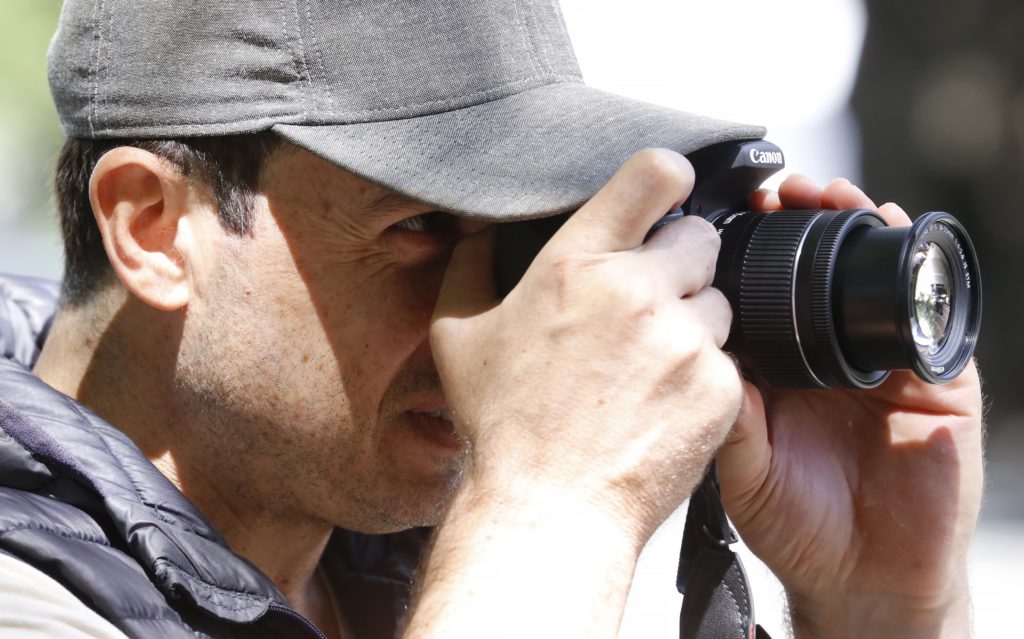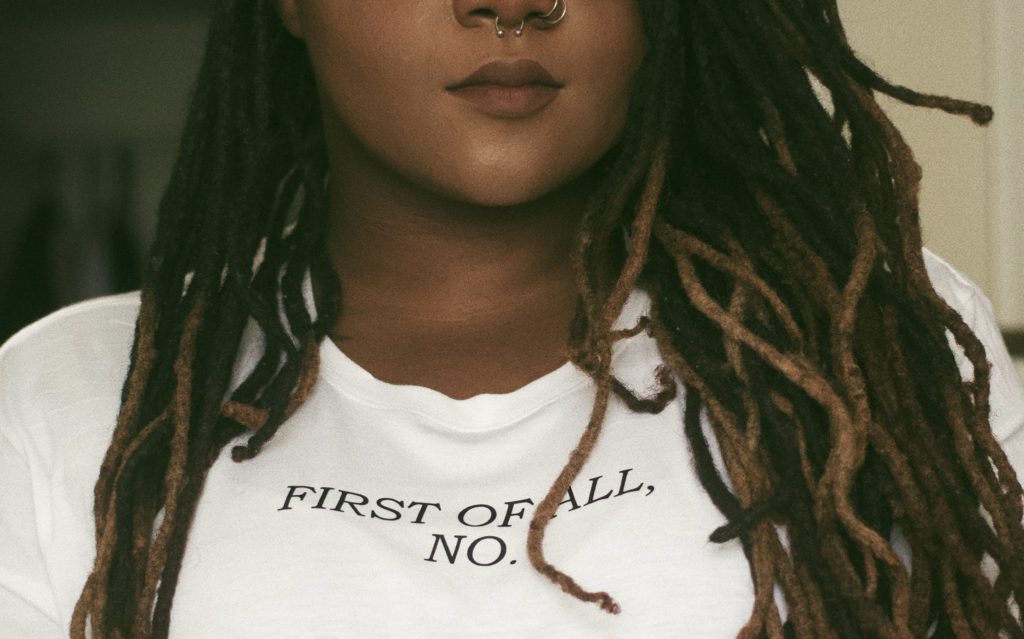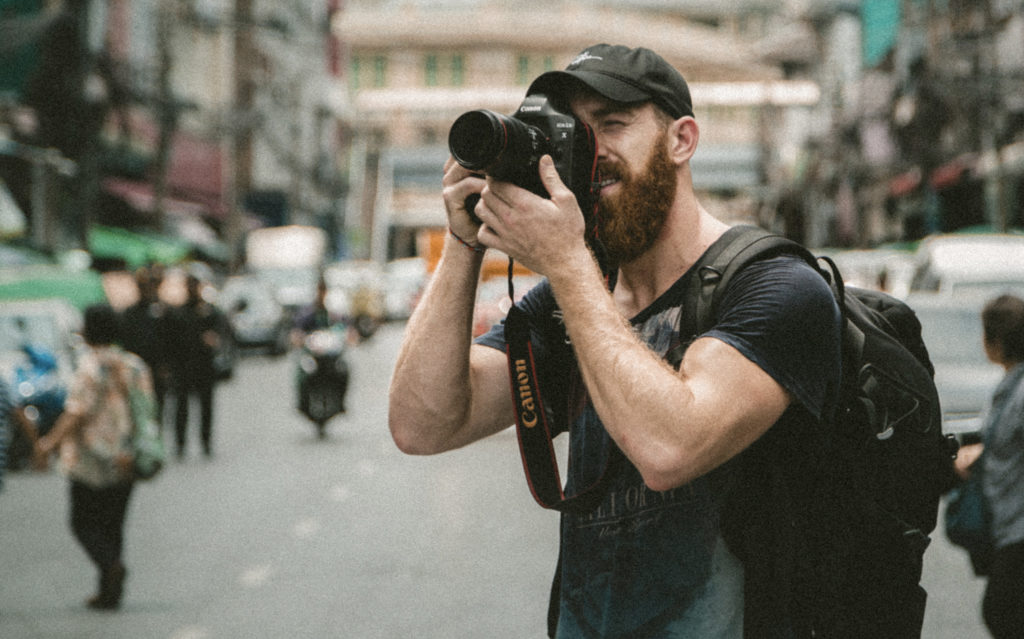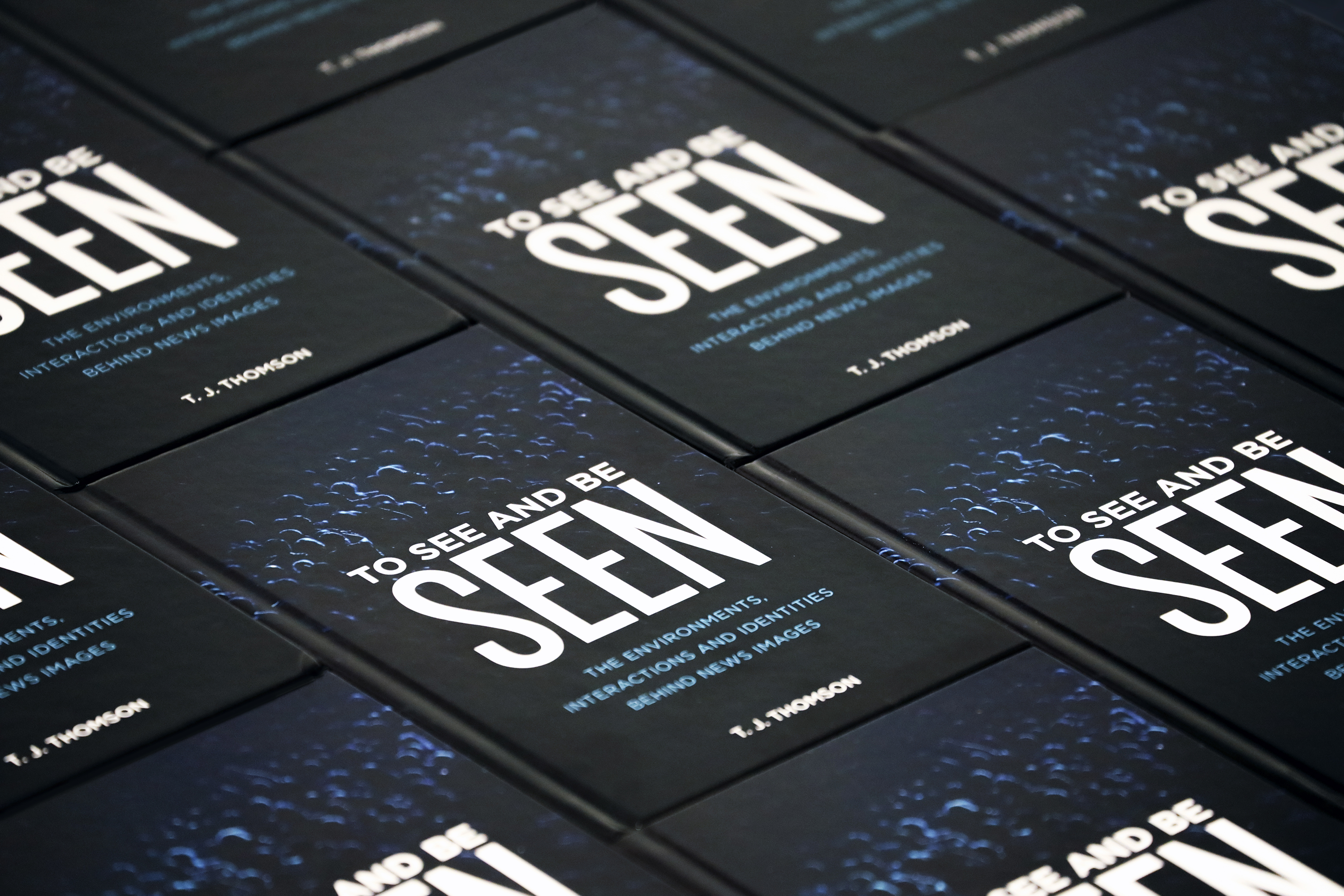T.J.’s research focuses on how visual journalism is produced—by whom, in what environments, through which processes, and with what results. He also examines visual self-representation on social media and everyday image making.

Exploring the experience ‘In Front of the (Journalist’s) Lens’
How environments, identities, and interactions shape the production of visual journalism

Comparing visual and verbal narratives
What do the stories we tell non-verbally reveal and how do they converge or diverge from the stories we tell through words?

Cultivating visual engagement on social media platforms
Exploring the factors that lead to audience engagement with news images on Instagram

Adapting and learning as a freelance visual journalist
What insights from freelancers and photo editors in eight countries can tell us about the (often precarious) practice of today’s visual journalists
“At any given moment the accepted report of an event is of greater importance than the event, for what we think about and act upon is the symbolic report and not the concrete event itself.”
William M. Ivins, Jr., wrote these words more than 50 years ago yet they still ring true today. As visual creatures, images are fundamental to how we perceive, organize, and orient ourselves to the world. Indeed, we rarely act on first-person experience but, instead, make decisions and act on mediated realities presented to us by friends, coworkers, journalists, and politicians. Visuals have a major hand to play in garnering attention and providing emotional resonance but to be able to trust in them, we have to trust in the people who create them and in the circumstances of their production, which is an increasingly tricky thing to do in today’s social and economic climate, where an increasingly large number of images are made by freelancers and where photojournalistic images are often remediated and transformed for activist, political, or entertainment purposes.
As the number of cameras abounds, so, too, do the number of images being created, edited, and shared, often with very little sense of context and provenance. Who is responsible for creating these images? What are their creators’ identities, affiliations, and intents? Where were the images made and under which circumstances? How do the people depicted in them react to the depictions made of them and regard the experience?
My research tries to find out.

Engage with To See and Be Seen
Download a sample chapter, listen to audio previews, buy an autographed copy, or read reviews at the below link.
